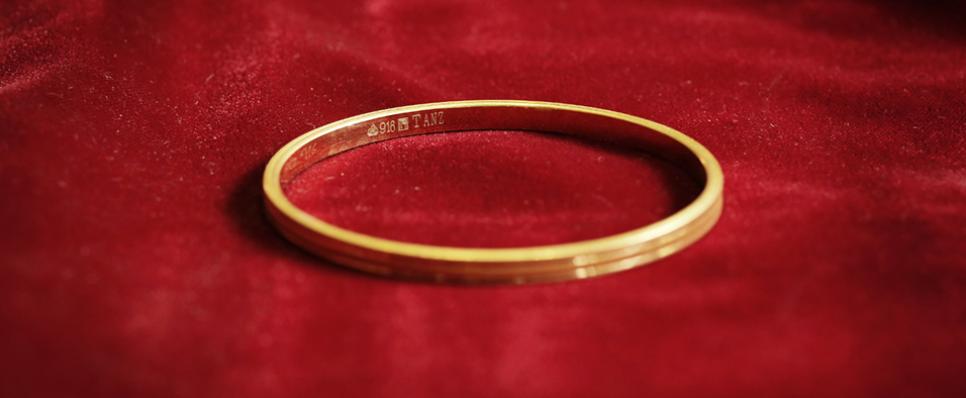Published: 12 Sep 2017
Understanding the difference between hallmarked and KDM Gold

Most of the gold bought in India is worn as jewellery, though gold coins and bars are sometimes purchased as an investment. The main concern for those purchasing gold is the assurance of quality.
In the past, worries about the quality of gold available in India pushed many individuals to buy gold during foreign trips. Since BIS made hallmarking mandatory for all types of gold jewellery, coins, etc., this isn’t necessary anymore. Besides, most jewellers of repute adhere to extremely high standards to maintain the purity of the gold they sell.
However, a few years ago, KDM gold was much sought after, like we seek hallmarked gold today. In this article, let’s learn about the main differences between hallmarked gold and KDM gold.
Hallmarked gold: Assurance of purity
Hallmarked gold is one of the ways to assure a buyer of the quality of the gold purchased. Hallmarked gold is certified at one of the Assaying and Hallmarking Centres (AHCs) licensed by the Bureau of Indian Standards (BIS).
Hallmarking certifies that the piece of gold jewellery, coins, etc., conforms to a set of standards laid by the BIS, which is responsible for maintaining the quality of consumer goods in India. Specifically, it ensures that the proportions are maintained within the specified limits when gold is alloyed with other metals.
Did you know that hallmarking of gold was optional when it was introduced? Only in June 2021 was it made mandatory for retailers to sell hallmarked gold articles (of 14 karat, 18 karat, 20 karat, 22 karat, 23 karat, and 24 karat).
A gold hallmark seal consists of the following elements:
- BIS logo
- Purity in karat and fineness
- Six-digit alphanumeric HUID
Related: Know more about gold hallmarking
The purity of the gold jewellery is mentioned in the laser engraving of a hallmark seal. When you purchase gold, look for the hallmark seal that consists of the three elements mentioned above.
24 karat gold is of the highest purity and is very soft compared to the gold of lower karatage and is highly malleable and ductile. The softness of 24 karat gold doesn’t allow for intricate designs. However, it can be used for jewellery pieces that have simpler designs, coins, bars, etc. Most gold jewellery with intricate designs and gems is made from karats lower than 24 karat.
Anything made of gold, no matter the karat, needs to be hallmarked as per the BIS guidelines.
What is KDM gold?
Gold jewellery gets its detailed designs through the soldering of different parts. For soldering, a metal with a melting point lower than gold is used. The soldering material was traditionally an alloy of gold and copper; in a 60:40 ratio. This granted firmness and made it easier to make even intricate jewellery out of gold.
However, the downside of adding copper to gold was that the purity of gold remained at only 60%. To overcome this, cadmium was introduced to replace copper, and this cadmium soldered gold was known as KDM gold.
In KDM gold, cadmium was mixed in a proportion of 8 percent, ensuring gold purity of 92 percent. It gained popularity as it allowed one to retain the purity of gold jewellery when the time came to sell it eventually.
While KDM gold was popular in the past, it was eventually banned because it was proven to be hazardous to the health of the wearer and the artisans working on the gold jewellery.
Whether one purchases 24 karat of gold or anything lower, the assurance of quality is most important for a buyer. Keeping this in mind, the government introduced the mandatory hallmarking system to safeguard the buyers’ interests and improve trust and transparency.











